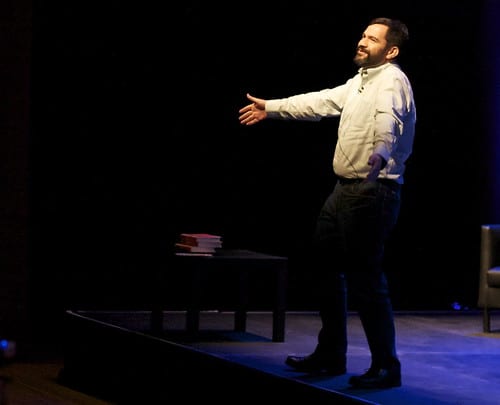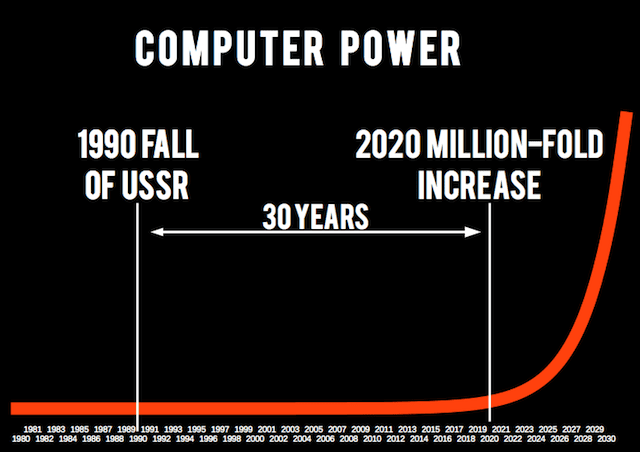Breaking the chain – death to email
Being a recent arrival to the hilly city by the sea that is Brighton, England, IBF dispatched me off to the Meaning conference, organized by Nixon-McInnes. The conference was aiming to look at the future of business, and specifically how can business do and be better. I packed my conference iPad, dropped the kids at school and ambled into town. “Write us a few blog posts.” It was a fascinating day with an engaging and almost clashing mix of speakers.

Luis Suarez from IBM at the Meaning Conference in Brighton [photo: Nixon-McInnes under a CC-NC-ND licence].
Last up on the day was Luis Suarez (@elsua), from IBM (not the footballer). Luis is famous for being the man at IBM, one of the largest vendors of corporate email, that gave up email. Four years ago, he came back from holiday and when looking at the horrors of his inbox felt that he’d had enough. So he decided to stop using email. If someone emails him, he responds using an internal or external social networking system. I’ll let Luis explain further.
Luis was asked how he got people to buy into the idea: “I plant it into people’s brain like that film ‘Inception’. It becomes their idea! When you take to time to train people, to use a file sharing service or a social network, you get your time back.”
But wasn’t he replacing one tech with another? “When you communicate in public you don’t tolerate nonsense – people’s behaviours change with the medium. In fact customers are happy to drop email and I interact with customers on Google+ and Twitter.”
Luis gave two top tips for unilaterally reducing your use of email:
“For today stop responding to email as it is a vicious cycle. Break the chain and when you receive an email respond through your social networks.”
“Then find out how addicted you are to email and find out what sort of emailer are you. Take a piece of paper and draw three columns, and in the first column put your personal use cases for email. Then map these against the methods you have available to you in second column. For the third column you put your personal business benefit. For example at IBM we have mail quotas that force me into 3 hours housekeeping a week if I send file attachments. So write: Share files > use file share > spend 3 hours instead talking to customers.”
The flavour of the day at Meaning had been the immense power of small and personal actions. Luis’ demonstration that the adoption of social tools in the enterprise and the rejection of old ways of working fitted in very well. This is something that is often missed in the intranet world and as a benchmarker I often hear sad tales of social and collaboration platforms struggling as employees stay in the ruts of old habits.

Slide from Vinay Gupta’s presentation showing that exponential growth can look static until things go crazy. Download slides [PDF 4.7MB]
We’d earlier heard from doomsday thinker and futurist Vinay Gupta (@leashless) who had brilliantly explained the modern world in terms of exponential growth curves. When something keeps doubling in size it can look kind of static for a long time and then everything goes completely crazy — suddenly everyone is doing something that only the wild-eyed extremists were doing for ages. I think, and hope, that Luis’ vision of email being returned to a notification mechanism might be realized. Before you know it, everyone will be doing it. So the next time you get an email from someone, back at to them on Yammer, OK?
Categorised in: Collaboration, Intranets
